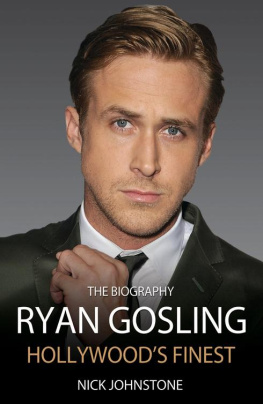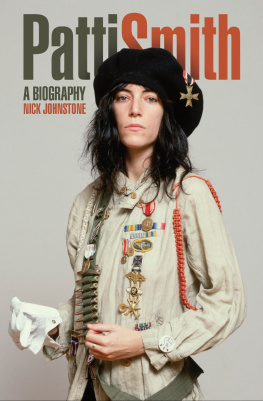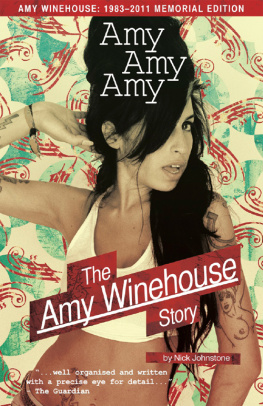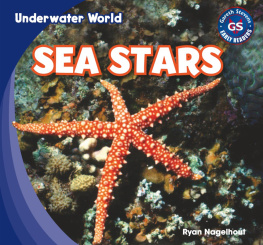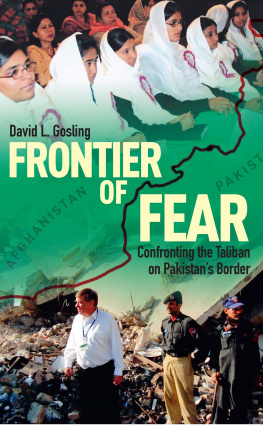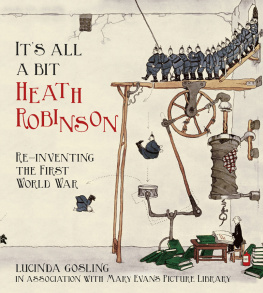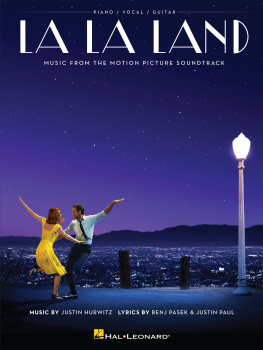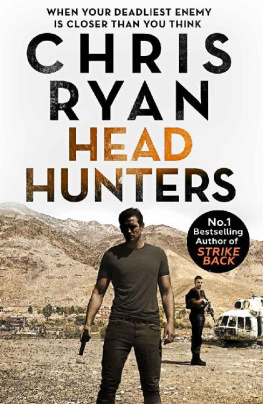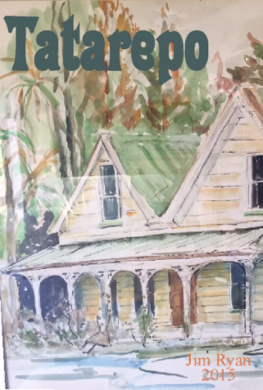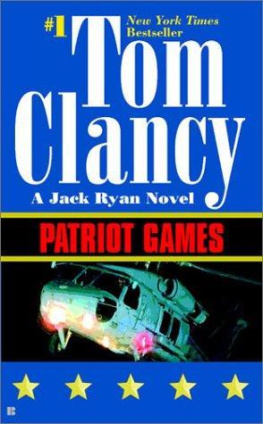This is an unauthorised biography and the author would like to make clear that the subject of the book, Ryan Gosling, has in no way participated with the writing of this book.
R yan Goslings story is not the story of an actor born into a privileged Hollywood family, whose parents were producers, screenwriters, publicists, directors, cinematographers or talent agents. Instead, its the remarkable tale of a small-city Canadian boy from a modest background, who, through hard work, perseverance, the occasional lucky break and a bright, shining talent, has managed to turn himself into one of the most respected actors of his generation.
In 1993, when Ryan was twelve, he first came to attention as a Mouseketeer on the then latest incarnation of Disneys long-standing childrens TV show, The All New Mickey Mouse Club. He got the lucky break after beating 15,000 other hopefuls at auditions that started in Montreal and moved down to Florida, where Disney would film the show. Hired for his singing and dancing potential, Ryan became one of Canadas rare Mouseketeers.
On the show, the softly spoken, floppy-fringed Ryan appeared alongside a cluster of firecracker talents who would all quickly go on to become adored and screamed-over pop stars: Britney Spears, Justin Timberlake and Christina Aguilera. Witnessing their passion and talent on a daily basis and how it would likely lead them to careers as pop stars, singers or professional dancers, Ryan had a sinking feeling because he knew that none of that trio of professional directions in life was calling out to him with the same sparkling appeal that it was to his Mouseketeer peers.
When Disney wound up the shows latest run at the end of Season 7 in 1994 due to ailing ratings, Ryans lucky break came to a sudden end. Ryan, who had been living with fellow Mouseketeer Justin Timberlake and his family, so his mother Donna could work back at home, now moved back in with his mum and sister Mandi, back in Canada. Although he found high school tolerable, it hardly matched the showbiz life hed been living. Deciding his future lay in acting, not singing and dancing, he worked hard, focusing his energies on using his Mickey Mouse Club break and experience to gain a foot in the door in the world of TV. In no time, his mother was ferrying him to auditions, and he was landing small one-off parts in TV shows. Throughout high school, he won part after TV part, each one more significant than its predecessor.
While the TV work came to him often enough that he was able to build up an impressive list of credits for himself, Ryan felt that the work wasnt satisfying him in the way that he wanted. This feeling persisted, even after he landed the recurring role of Sean Hanlon across 199798 which meant a lengthy commitment and, with it, financial security on high-profile Canadian teen show Breaker High. As had happened on The All New Mickey Mouse Club, he became increasingly convinced that acting for TV wasnt his destiny either: instead, he wanted to move up to film.
Once he had come to this decision, Ryan believed it was time to make the move to Los Angeles, so he could be near the mythical centre of the film industry and have the potential to audition for a more wide-reaching choice of roles. And so it was, age seventeen, he touched down in Los Angeles. Via help from his TV contacts, he quickly signed on with an agent.
Ryans first big break in Los Angeles came in the form of the lead role of Hercules in a new TV series, Young Hercules, a spin-off of the hit TV show Hercules: The Legendary Journeys. For this historical adventure show, which would feature demanding physical work, he needed to go straight into intensive training to get in shape.
This delighted him because it gave him the chance to prepare for the character hed be playing, in the manner of his favourite actors Marlon Brando, James Dean and Gary Oldman.
Young Hercules was filmed on location in New Zealand. Ryan flew out and was based there for the next six months. By the end of filming, he was once more disillusioned. Spending his days, as he would later say, cavorting around with a fake tan, leather pants, fighting imaginary monsters just wasnt for him either. His sense of integrity, fuelled by adolescent leisure time spent devouring films by high-integrity directors such as David Lynch, made him even more convinced to walk away from his blossoming TV career and go flat out with a bid to move into film.
The move, which would head off the day when hed be cornered after having been typecast as a childrens TV actor, proved to be a smart one. But the transition didnt happen overnight. After all, his rsum showcased a singing and dancing Mouseketeer-turned-childrens-TV-actor a background that didnt exactly set him up for the transition into the far more serious sphere of feature film.
Despite the obvious obstacles, Ryan got around them, and, through his agent sending him for auditions, he landed his first film break: a tiny role as a football player called Alan Bosley in Remember The Titans, a hit 2000 movie, starring Denzel Washington. Even with a small part, Ryan lit up the screen during a locker-room scene where, as his teammates sang along to soul classic Aint No Mountain High Enough, he called on his dance background to steal the scene with his vivacious dancing, later to feature in the hit musical La La Land (2016). His abundant charisma, which had wowed Justin Timberlake when they were working together as Mouseketeers, was cut loose here and seemed uncontainable. Anyone watching the movie today can see how obviously hungry Ryan was to be noticed as a film actor, how much he wanted it, how magnetic his onscreen presence was, how utterly focused he was on making the leap from the locked genre of childrens TV into the sea of possibility that was the reality of feature film-making.
His big break and it was just as big in scale as being plucked out of 15,000 Canadian kids to become a Mouseketeer came when he was nineteen years old, when he landed the lead in an independent film called The Believer (2001), which would see him play a Jewish Nazi a conflicted, repugnant and complex character.
Stunned that he had landed the part, Ryan threw himself into intense, dedicated preparation, learning Hebrew and studying Judaism. In so doing, he demonstrated a total commitment to depicting his character as absolutely as possible. This complete immersion in a role has, of course, become a trademark of his acting work and explains why so many people assume he is following a Method acting approach which he isnt; Ryan is somewhat remarkably untrained as an actor and completely self-taught.
Lending Ryans bid to earn himself a reputation as a film actor overnight gravitas, The Believer won the Grand Jury Prize Dramatic at the Sundance Film Festival of 2001 and earned him rave reviews for a mesmerising performance reminiscent of those of equal intensity from heavyweights such as Robert De Niro, Harvey Keitel and Christopher Walken.
After a gentle, quiet performance as another football player in a small independent movie, The Slaughter Rule (2002), Hollywood came knocking and Ryan found himself acting opposite a major movie star, Sandra Bullock, in the thriller Murder By Numbers (2002) his first big-budget film. Delivering a brooding, intense performance, he appears onscreen like an actor who knows hes got a serious foot in the door of the feature film world and is impatient to pass through to the big time. Though neither Ryan nor his co-star has ever discussed this in public, he and Bullock allegedly became close while filming the movie in early 2001. A year after finishing work on the film, in 2002, when Ryan was twenty-one and Bullock thirty-seven, they reportedly began a year-long romance.


